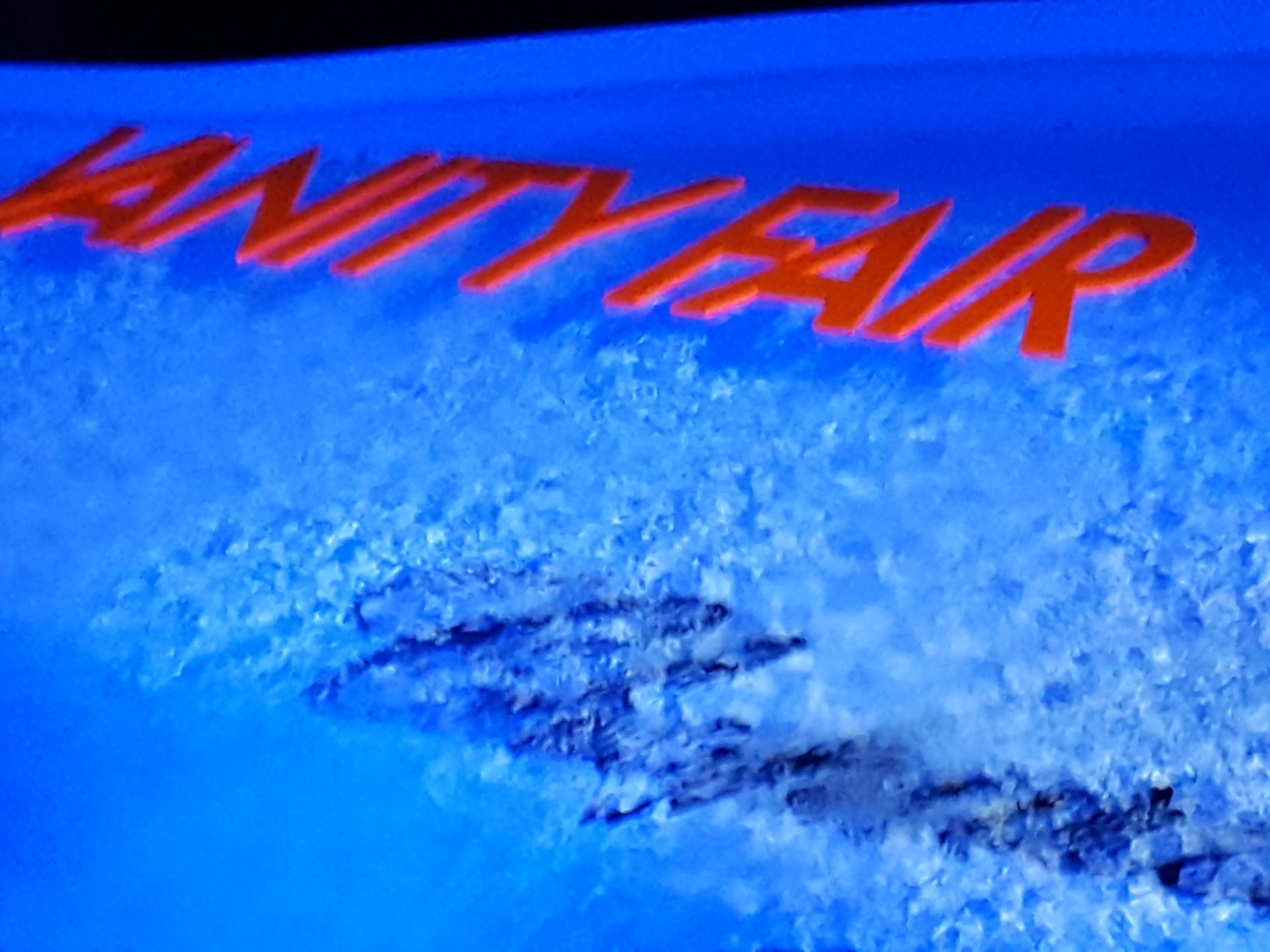Speculation is rife that Vanity Fair’s editor in chief of not quite two years, Radhika Jones, is on her way out. There may some truth to this theory, although Conde Nast, the publisher, denied it. Last week I confirmed that Vanity Fair was cancelling its annual New Establishment Summit that would have been set for Los Angeles this coming October. Last year, apparently, they had trouble selling tickets. This year, the magazine is cold. The annual Oscar party has become a dreary photo op for celebrities who come, get the picture taken, and head off to other more chic gatherings. All the heat that Graydon Carter cultivated is dissipated now.
But things are worse than just lackluster parties and cancelled summits. No one talks about Vanity Fair anymore, at least not with excitement. Mostly you hear, What happened to Vanity Fair? It’s a question that resonates among readers who used to scoop up VF so they’d be first in the know.
And fewer people are reading it.
According to circulation figures, total single issue sales– newsstand sales of the magazine plus sales of individual digital issues — are down. They are way down, according to the Alliance for Audited Media. All that remains steady are paid subscriptions but they are dubious in the sense that they’re part of packages. Single copy sales indicate a magazine’s “heat.”
In December 2018, total sales of single issues averaged 80,000. A year later, it was 63,572, a roughly 20.6% drop.
In the midst of this tug of war between the old and new, only subscriptions have remained steady. This means that when the new bill comes, no one has cancelled. At least not in any significant way. And some have moved from print to digital. But if you count the newsstand as a referendum, Vanity Fair is not what it used to be.
Indeed, a measure of the magazine’s decline is their September issue, more lately dubbed the Style Issue. In September 2018, the first that Jones produced, single issue sales came to 103,529. Michelle Williams was on the cover, talking about her new marriage (which lasted less than a year). That was a respectable number, driven by Williams’ frankness.
But a year later, by the following September, 2019, sales dropped 35% to just 67,174. It didn’t help that Kristen Stewart was on the cover, plugging the dud “Charlie’s Angels” reboot. Vanity Fair is having more and more trouble getting timely, popular cover subjects.
Most of Jones’s covers up til then had been a crap shoot. Jones’s first issue had been April 2018, with black lesbian TV writer-actress Lena Waithe on the cover. Sales were only 77.000, a drop from Carter’s final issue the previous month (84,660).
Jones’s first summer issue, for June and July 2018, managed to sell 79,824 copies. This was on the heels of the May 2018 edition that had Prince Harry and Meghan Markle on the cover and sold 130,000. But that was clearly left over from Carter’s regime, and not what Jones had in mind for the magazine. A drop of 50,000 from May to June/July? Emilia Clarke of “Game of Thrones” was on the cover, not completely recognizable. You know that Carter would have had some reference to her dragons to give it a push.
After the Summer issue, it seemed like things might be improving. August 2018 brought back the number 84,651, with rapper star and Pulitzer Prize winner Kendick Lamar, no less. Then Jones got lucky. The September 2018 Style issue with Michelle Williams was a hit: 103,529. Jones must have thought she was out of the woods. But the rest of 2018 was a disappointment. Oct, Nov, Dec were respectively 63K, 68.4K, and 69.4 K. The air was out of the balloon. She was probably happy to see her first year end.
And then came 2019. Single copy sales lingered in the high 60s and low 70s. The June-July Summer issue featuring “Star Wars: Rise of Skywalker” totaled just over 81,000 copies– 10,000 fewer than the December-January Holiday issue six months earlier. (That should have been a warning to the “Star Wars” people that the fervor wasn’t there.) The September 2019 issue Stewart sold just 67K, a huge decline from that 103,529 from one year earlier. And the December issue with John Legend, Chrissie Teigen and their family looked like something from Parade magazine. It was a startlingly low seller: 58,000 and change. From Carter’s last issue to the last edition 2019, about thirty thousand readers had split.
Two things come to mind immediately about the post-Carter Vanity Fair. First of all, it’s ugly. The covers are ugly and have no depth. In Jones’s quest to put people of color on the cover– which was much needed– no attention has been paid to the actual photography. Lena Waithe should have sued them. Second, the redesign of the magazine’s inside is miserable. It looks like Business Week, when it was owned by McGraw-Hill. Alexander Liberman must be rolling in his grave.
This year’s Hollywood issue set a new low. Eddie Murphy and Jennifer Lopez were featured, yet they were not nominated for Oscars. Not only did Eddie not appear on the Academy Awards, he didn’t come to the VF party. JLo was used, as she was by many this season, for her celebrity. Renee Zellweger was slapped onto the cover between them looking like she was a Colorform. It’s a lifeless cover, unknowing and blissfully ignorant.
Last week, the Daily Beast reported that Conde Nast is backing Jones still as editor despite ousting rumors. My guess is, she’s out soon. New York Magazine’s former editor in chief Adam Moss would be her likely successor, and should be. He’s a much better fit. That is, if he wants to do it. Even Moss knows much of Carter’s good will has been squandered.


